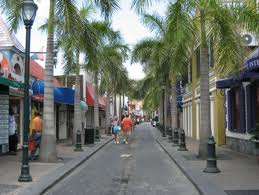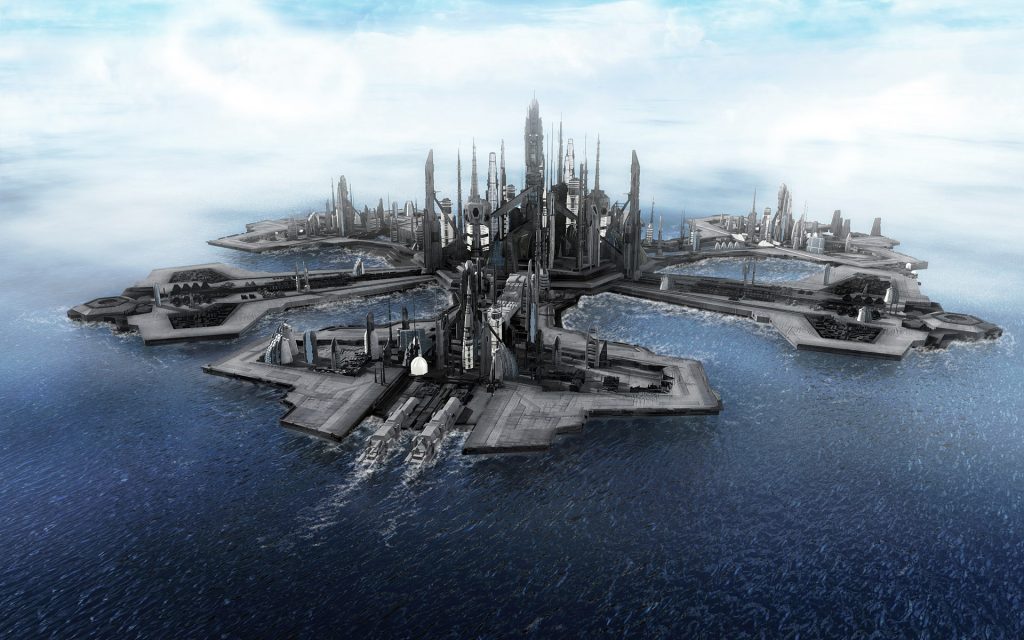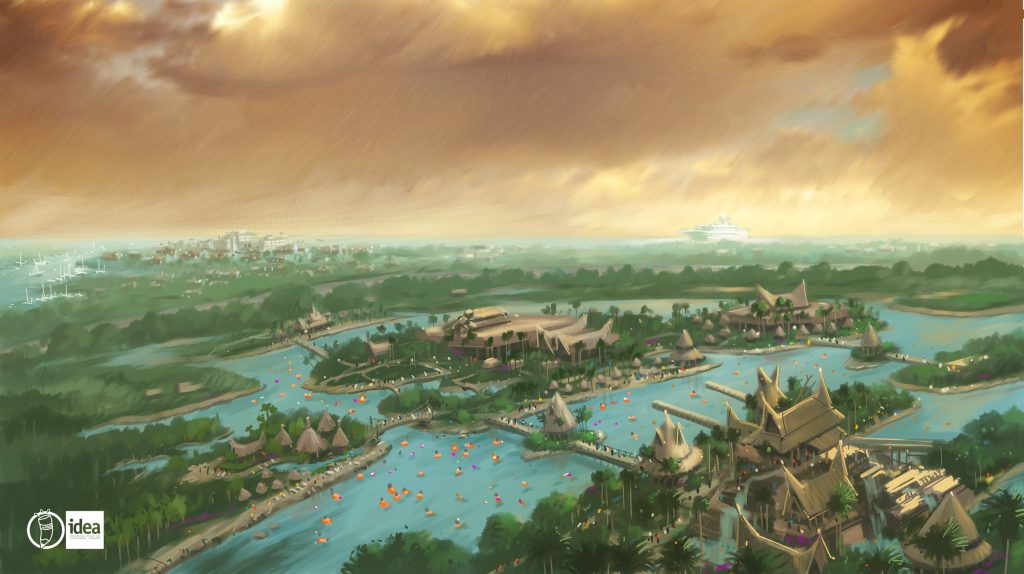For a part of the world where every island’s economy relies so heavily on tourism dollars this is a serious issue. Governments need to take control of their tourism economics and preserve their value, rather than selling out too early to secure commitments from airlines, cruise lines and developers.
Over the past two years of world economic decline, many governments have reacted by getting into crisis mode, with steep discounts and dropping prices, rather than adding value incentives and promoting its assets. Ministers of tourism are always under fire and judged by quantity not quality of their incoming tourism numbers. The Caribbean must protect the per cap revenue not the overall incoming tourism numbers. And, of course, everybody is looking for incentives to get the job done but protecting your revenue and long term value is equally important.
Caribbean Governments must wake up and realize they are in a position of power. Cruise lines in particular, know that island nations are running scared as the world tourism numbers continue to decline.
Our advice, is that the Caribbean islands must turn the tables to preserve their brands and the long term value of the Caribbean Marketplace as a whole. Every island in the Caribbean must work to ensure the visitor experience meets the expectations set by the traveling public, stop being manipulated and bought out by cruise lines and develop infrastructure that benefit both the residents of the country and its visitors deserve and expect. Not only should they invest in sustainable long-term infrastructure that supports what makes the country special and unique, they must deliver a great guest experience every time. They must also make sure their improvements include the resident community.
What a deep discounting strategy does for your country
Mexico and the Dominican Republic for example, have experienced several years of steep discounting to build or preserve market share. Because of deep discounting and being on sale for years there is very little value left in the marketplace and they are now positioned in the consumers mind as cheap destinations. It is very difficult for a destination to restore a quality perception in the mind of the consumer. Thus hotels and cruise lines which are investing long term in those markets may offer recession level prices even when the economy recovers. Deep discounting strategies are short-term approach that attracts quantity over quality and does huge damage to a country’s long term brand value.
Why a high quality sense of arrival is important
When cruise ships arrive into many of the established ports of the Caribbean, many passengers don’t see the sense of arrival they were expecting and may not want to get off the ship. Ships are becoming more and more over the top and luxurious. Ports of call can no longer deliver a warehouse terminal with tank farms within an industrial site as an arrival experience. They have to deliver the Caribbean.
Ocho Rios and Montego Bay are examples of what happens when there is no sense of arrival. The country is giving the worst first impression possible. This is a serious brand image problem that can have lasting impressions of a naturally beautiful island. Many times Jamaica is seen as the highlight of their Western itinerary cruise. A bad impression in Jamaica affects the value of the entire Western Caribbean Itinerary and lowers the price offering by cruise lines and airlines.
Purpose-built ports, like in Costa Maya and Falmouth are being built to suit tourism and they are designed specifically to create a Caribbean sense of arrival. There is nothing like the sense of arrival when arriving at a port that looks full of life and has a unique sense of place. In Europe, for example, there is a huge sense of arrival as ships dock in Amsterdam, Barcelona, Portofino or Monte-Carlo. A view and sense of place is what visitors want and expect when they arrive. If you can’t deliver this then there will be no next time for the passengers in the Caribbean and their next cruise may be Europe or the Baltics.
The Caribbean is a special place. For too long, governments have been influenced by short term political thinking and allowing cruise lines and developers to negotiate price. What they don’t realize is that without their own long term plan, they are giving in to what the cruise line and developers want and at the same time damaging their brand by promoting cheap and short term project terms.
The same brand value decline goes for some Caribbean airports, there is a lot of value that can be accomplished in good arrival design. Airports have a great opportunity to influence guest arrivals. Unfortunately many airports in the Caribbean follow a western model that really could be placed anywhere in the world. Airport Authorities have walked away from their essential island brand and lost an opportunity to develop that essential branded sense of arrival. Government decision makers must stand up to the commercial sector and take control of the island aesthetic when developing infrastructure that represents their country. Creating a high value brandCountries need to see themselves as brands and be consistent with the message they are sending to visitors and the tourism industry. They must also insure the residents embrace that brand message and become part of the guest experience. I think Barbados is a good example of a country that has maintained a higher value perception in tough economic times. Bermuda has also preserved its value perception, its price point remains relatively expensive and the perceived value is there. They have preserved their value and retained their per capita spending. People know high value and will find a way to get there. They don’t need to see a rock bottom price to visit. These successful countries know how to set and deliver on visitor expectations. And even more importantly, they stay strong and consistent with their message, even in tough times. Brands need to be consistent, they need to stay on message, and they need to think strategically and not short term.
How can governments increase the value of their destination?
1. Negotiate longer-term deals
Governments must look beyond their own election cycle and preservation politics. Too often Ministers are only interested in a 4 year quick fix strategy as they want to prove their value to their electorate but do not focus on long term strategy as they may not personally benefit from the long term payoff. This is not the way to develop tourism infrastructure that will stand the test of time. Particularly with ports, they need to think strategically and put in place a 20-year plan to really see meaningful and worthwhile improvements that will ultimately increase the value of their country to visitors. My advice to governments is to narrow your focus to sustainable projects that build long term economic growth and only take on a few projects and do them well.
2. Invest in your brand and preserve your piece of the pie
The brand experience starts the minute the ship arrives or the plane lands. Visitors have expectations when they come to your country. No matter where they arrive in the Caribbean they expect a tropical, warm welcome and a unique sense of arrival, whether it is at the airport or cruise port. If governments can invest in their arrival infrastructure they will preserve their value as a tourism brand and ensure a flow of visitors for years to come.
3. Create a long-term vision plan to market to foreign investors
Many countries can’t afford to self fund or develop critical infrastructure and must look further afield to fund these kinds of developments. Unfortunately international investors are put off by the many island nations in the Caribbean as either too difficult to deal with or at knowing that the government may change every four years. If governments can create a roadmap and a clear plan for what they want to do to enhance the brand experience for visitors at entry points like ports and airports this will be a much easier to attract international investment and make these critical projects happen with more frequency.
4. Seek funding from international investors
We have already expressed concerns about co-investment with end users for ports. Typically the financial goals of island port authority and end users like cruise lines and air line simply do not align. Airlines and cruise lines are not solutions for sourcing investment dollars. They are only looking out for their best interests and have no interest in developing, designing or restoring anything that does not directly contribute to their revenue objectives. With a solid vision plan countries can attract international investment to get the project done well and must incorporate local users as part of that investment strategy. Investors can feel secure knowing that the project will get done on time and the design will not be compromised or changed by an end user agenda.
If you have comments or questions about this topic I’d love to hear them. Please post them below.






